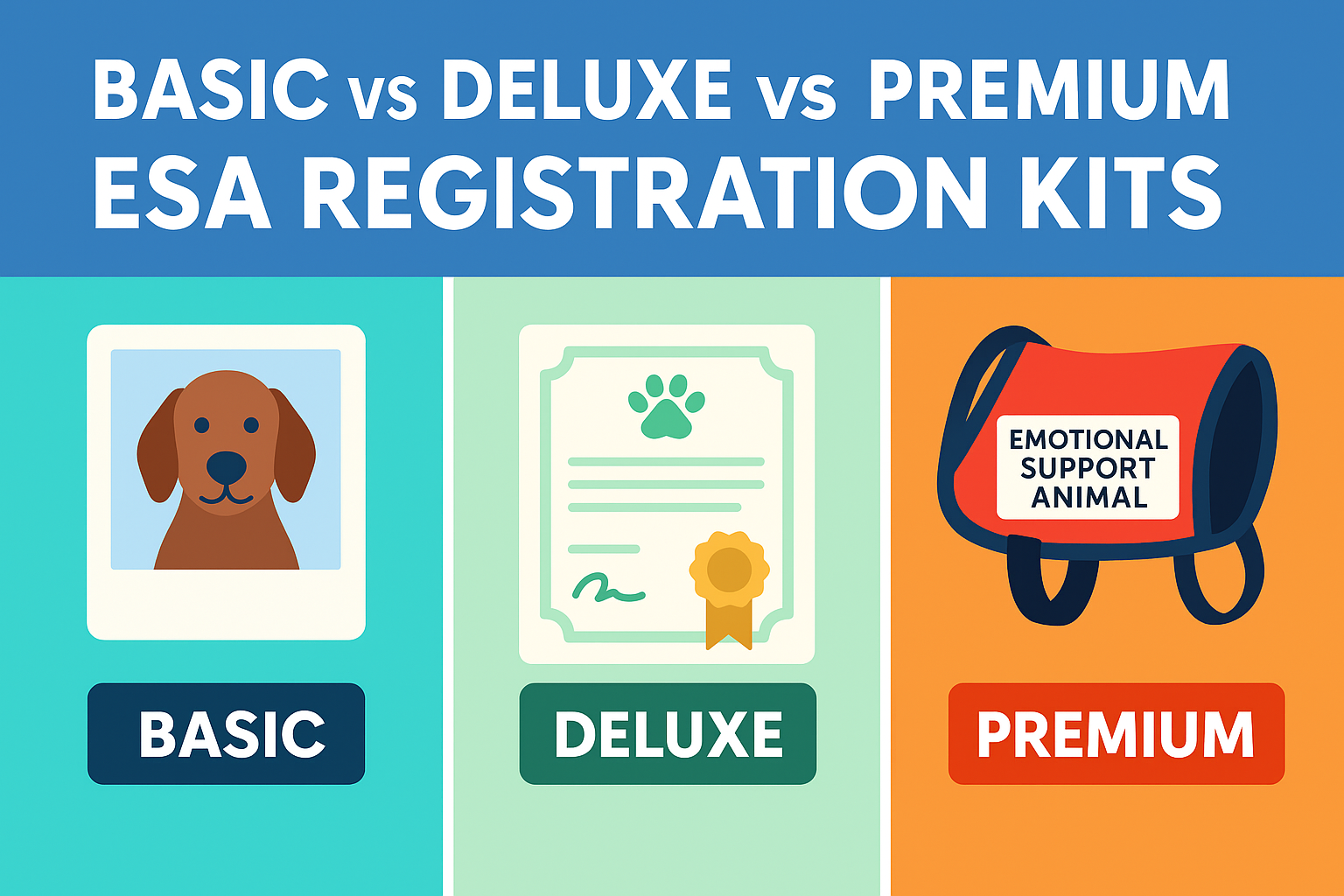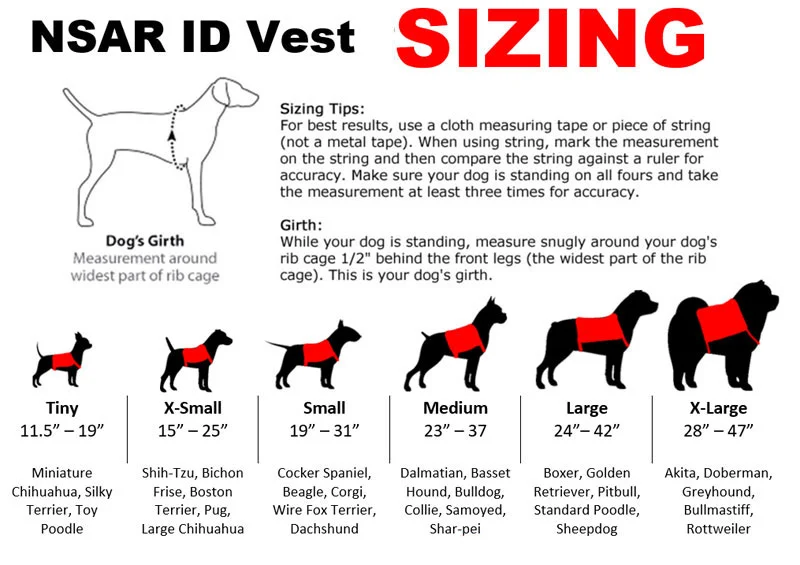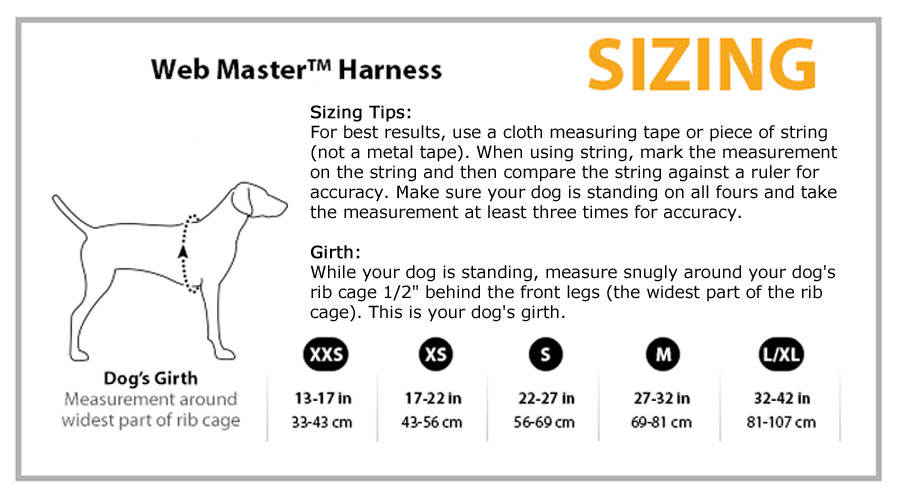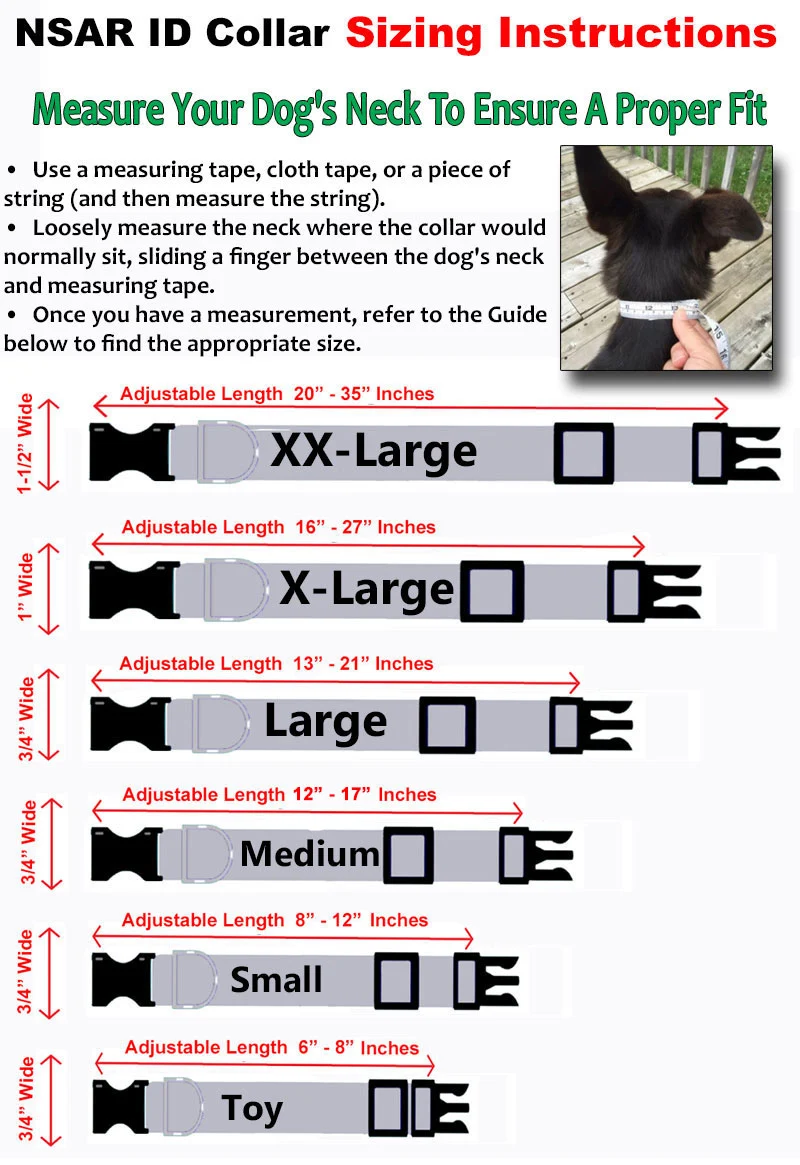
Living with an emotional support animal in California should feel straightforward—but for many renters, it’s anything but. Between federal housing protections, California’s own state rules, and updated requirements under AB 468, it can feel overwhelming to understand what’s allowed, what’s required, and what your landlord can legally ask for.
This guide breaks everything down in a clear, practical, and up-to-date way, so you know exactly where you stand and what steps to take next.
📘 Jump To: California ESA Laws (2025)
- Are ESAs Recognized in California?
- California ESA Laws Explained
- How to Get a Valid ESA Letter in California
- What Landlords Can Ask For
- How Many ESAs Are Allowed
- When a Landlord Can Deny an ESA
- How to File a HUD Complaint
- California ESA FAQs
- Final Summary
🟦 Are ESAs Recognized in California?
Yes. Emotional support animals are recognized in California—primarily under housing laws. Both federal and state legislation protect Californians who rely on ESAs, and California is widely considered one of the strongest states for tenant protections.
Here’s the quick breakdown:
- Housing: Fully protected (FHA + FEHA)
- Travel: Not protected as ESAs (federal rule applies)
- Public places: Not protected; business access is optional
- Workplaces & schools: Case-by-case, not guaranteed
If you’re renting or trying to secure a new place to live, California law gives you powerful rights—many tenants don’t realize just how strong these protections really are.
🟦 California ESA Laws Explained
California has two layers of protection:
1. Federal FHA (Fair Housing Act)
Protects individuals nationwide who need an ESA for a mental or emotional disability.
2. California FEHA (Fair Employment and Housing Act)
California’s state law, which offers additional protections beyond federal rules.
Together, these ensure that housing providers must make reasonable accommodations for tenants with emotional support animals.
Below is a detailed, easy-to-understand breakdown.
🟩 Housing Rights Under FHA & FEHA
Under these laws, housing providers in California must:
✔ Allow emotional support animals, even in “no-pet” housing
A valid ESA letter overrides blanket pet restrictions.
✔ Waive all pet fees
This includes:
- Pet rent
- Pet deposits
- “Monthly pet premiums”
- Breed-based surcharges
✔ Allow ESAs regardless of breed, size, or weight
California explicitly rejects breed discrimination for assistance animals.
✔ Approve more than one ESA when clinically justified
There is no legal “one animal limit.” Meaning you can have more than one provided there is a qualifying need.
✔ Review each request individually
Housing providers cannot deny you based on stereotypes, assumptions, or past experiences with other tenants.
🟥 California AB 468 Requirements (In Effect Since 2022)
This is one of the most misunderstood ESA laws in the country, and where many people unknowingly run into trouble.
AB 468 was created to protect consumers from unqualified or fraudulent providers.
Under AB 468, an ESA letter in California must come from a California-licensed mental health professional who:
- Has an active license for at least 6 months
- Has a therapeutic relationship for at least 30 days or
- Conducts a live clinical evaluation (telehealth allowed)
- Provides the letter on official professional letterhead
- States the disability-related need without revealing diagnosis
This is one of the strongest reasons NSAR’s letters are compliant and trusted—our clinicians are properly licensed and follow all California standards.
🟧 Travel Rights in California
Even though California is ESA-friendly in housing, federal travel law applies nationwide.
Since the 2021 DOT Air Carrier Access Act revision:
❌ ESAs no longer qualify as service animals for airline travel.
Only psychiatric service dogs (PSDs) are eligible for in-cabin travel.
Many California residents choose to transition from an ESA to a PSD if they require travel access, since PSDs DO qualify under ADA and DOT rules.
🟫 Public Access Rights
Emotional support animals do not have the same rights as service dogs in public places.
This means ESAs do not have guaranteed access to:
- Restaurants
- Grocery stores
- Retail locations
- Hotels
- Public buildings
- Clinics or offices
- Airports (beyond the ticketing area)
Businesses may choose to allow ESAs at their discretion, and many in California do—but it isn’t legally required.
🟦 How to Get a Valid ESA Letter in California (2025)
A valid ESA letter for California must satisfy both federal requirements and AB 468. The letter must:
✔ Be written by a California-licensed clinician
Only CA providers may issue letters for CA residents.
✔ Follow AB 468 criteria
This includes the clinical relationship requirement.
✔ Include the disability-related need
The provider explains how the ESA supports the individual without sharing diagnosis details.
✔ Be written after a clinical evaluation
Telehealth sessions are accepted and widely used.
✔ Follow all HUD and FHA guidelines
Including proper formatting and professional standards.
NSAR letters meet every requirement listed above and come with:
- State-licensed clinicians
- HUD-compliant documentation
- A full evaluation
- 100% refund guarantee if you do not qualify
Start your California ESA evaluation → Start Here
🟧 What California Landlords Can Legally Ask For

California has strict guardrails around what information housing providers may request.
Landlords ARE allowed to ask for:
- A valid ESA letter
- The clinician’s licensure information
- Confirmation that the animal is controlled and not dangerous
- Reasonable documentation of the accommodation request
Landlords are NOT allowed to ask for:
- Your diagnosis
- Detailed treatment history
- Access to medical records
- Proof of training
- Registration paperwork (although highly recommended)
- A photo of the animal
- Pet fees, deposits, or surcharges
- Personal information about your clinician beyond license verification
- Extras like “doctor’s notes,” “proof of need,” or “service dog credentials”
🟫 How Many ESAs Are Allowed in California?
California places no legal limit on the number of ESAs a person may have.
Instead, the standard is:
✔ Clinical justification
Each ESA must serve a legitimate disability-related function.
✔ Reasonable accommodation
The animals must not create safety issues, sanitation concerns, or unreasonable burdens on the property.
It is not uncommon for tenants in California to receive approval for two ESAs, particularly when they assist with different aspects of disability.
🟥 Can a California Landlord Deny an ESA?
Yes—but only under specific and legally defensible circumstances.
A landlord may deny a request if:
- The ESA is aggressive or has injured someone
- The animal causes substantial property damage
- The tenant refuses to provide an ESA letter
- The ESA letter violates AB 468 (e.g., out-of-state provider)
- The accommodation would cause undue financial or administrative burden
Illegal reasons for denial include:
- “We don’t allow pets.”
- “We don’t allow pit bulls.”
- “We don’t accept online letters.”
- “We already have too many support animals here.”
- “We’ve had bad experiences in the past.”
If a landlord denies your ESA improperly, you have the right to file a HUD complaint.
🟦 How to File a HUD Complaint in California
HUD handles housing discrimination cases nationwide, including ESA-related violations.
Step-by-step:
- Gather your ESA letter
- Collect any written communication with your landlord
- File online through HUD’s official portal
- HUD assigns an investigator
- Landlord is contacted for response
- HUD may request mediation, settlement, or corrective action
California cases often resolve quickly because FEHA supports HUD’s enforcement and California strongly penalizes housing discrimination.
For a full walkthrough, see our How to File a HUD Complaint guide.
🟩 California ESA FAQs
Are ESAs permitted in California apartments and rentals?
Yes. ESAs are protected statewide under FHA and FEHA.
Does AB 468 make ESA letters harder to obtain?
Not harder—just legitimate. It ensures the letter is issued by a licensed California clinician following proper evaluation.
Are ESAs allowed in college dorms?
Yes. Campus housing falls under FHA.
Can landlords charge pet rent or deposits?
No. All ESA-related fees must be waived.
Can California landlords verify my ESA letter?
They may verify clinician licensure only—not diagnosis or treatment.
Can ESAs go to restaurants or stores?
No. Only service dogs have public access rights.
Do airlines accept ESAs?
No. Only psychiatric service dogs qualify for in-cabin travel.
🟦 Summary of California ESA Rights (2025)
California provides some of the strongest housing protections for emotional support animals anywhere in the U.S. Tenants with a valid ESA letter are entitled to:
- No pet fees
- No breed or size restrictions
- Protection under FHA + FEHA
- Case-by-case approval for multiple ESAs
- Strong enforcement through HUD and California civil rights laws
If you rely on an emotional support animal for your well-being, you are fully protected in California—as long as your ESA letter meets AB 468 and HUD standards.
Ready for a legally compliant California ESA letter?
Start your evaluation today.
🔗 Related Articles for Further Reading
- How to Get an ESA Letter for Housing (2025 Guide)
A clear, step-by-step breakdown of what makes an ESA letter valid, what landlords look for, and how to avoid common pitfalls. - How to File a HUD Complaint for ESA Housing Discrimination
A practical, easy-to-follow guide for tenants whose landlords refuse or delay ESA accommodation. - ESA vs Psychiatric Service Dog: What’s the Difference? (2025 Update)
Understand when an ESA is enough — and when you may benefit from a PSD, especially for travel or public access needs. - Are Online ESA Letters Legitimate? How to Avoid Scams in 2025
A deep dive into spotting red flags, choosing legitimate providers, and understanding what “real” ESA documentation looks like.
























